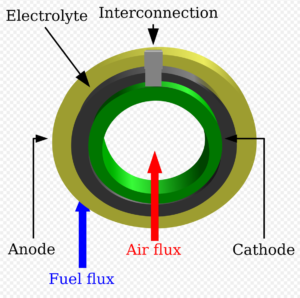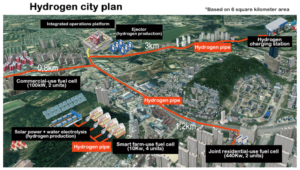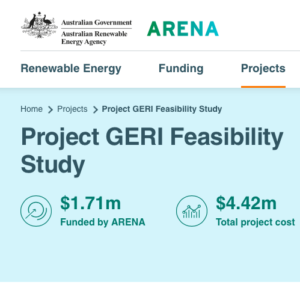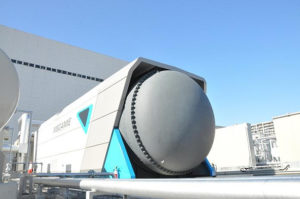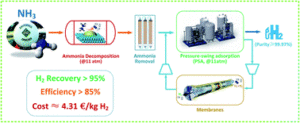Green ammonia plant proposed for Orkney
Eneus Energy recently announced that it intends to build a green ammonia plant in Orkney, Scotland. Eneus describes itself as a “project developer and technology integrator for green ammonia,” and this announcement marks the first public disclosure of a site from its “portfolio” of projects under development. Orkney has been a net energy exporter since 2013, with wind, tidal, and wave energy generation far exceeding local demand; the islands have also been producing green hydrogen for some years. If this latest project moves ahead, the 11 ton per day green ammonia plant would be powered by two new wind turbines, each of 4.2 MW capacity, expanding the existing Hammars Hill wind farm and providing the island with a scalable solution for renewable energy storage and distribution that does not require grid transmission.

